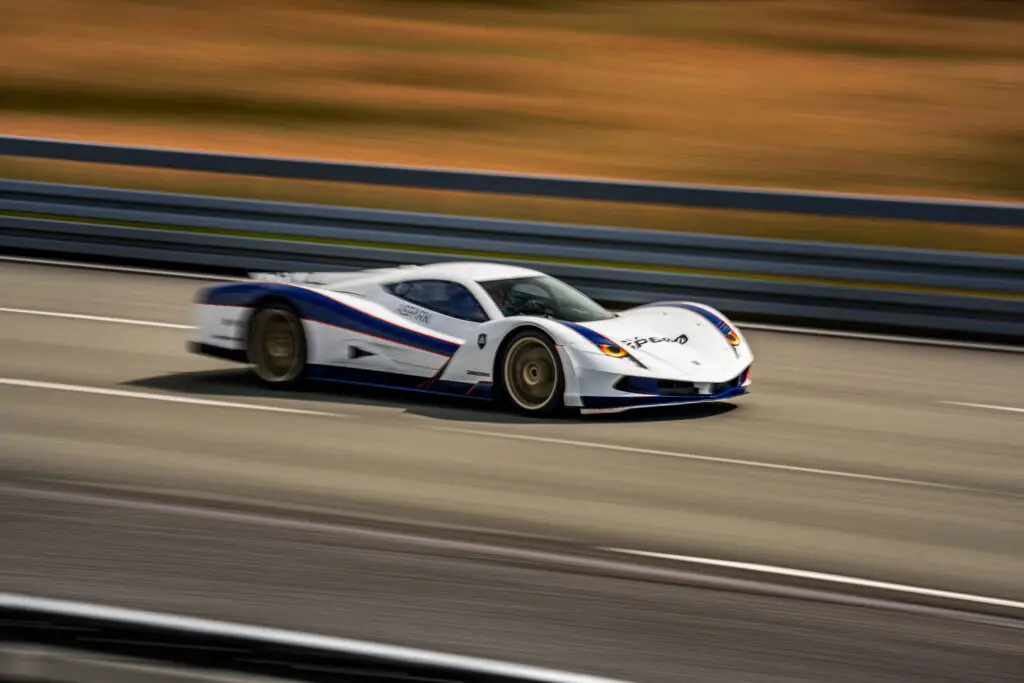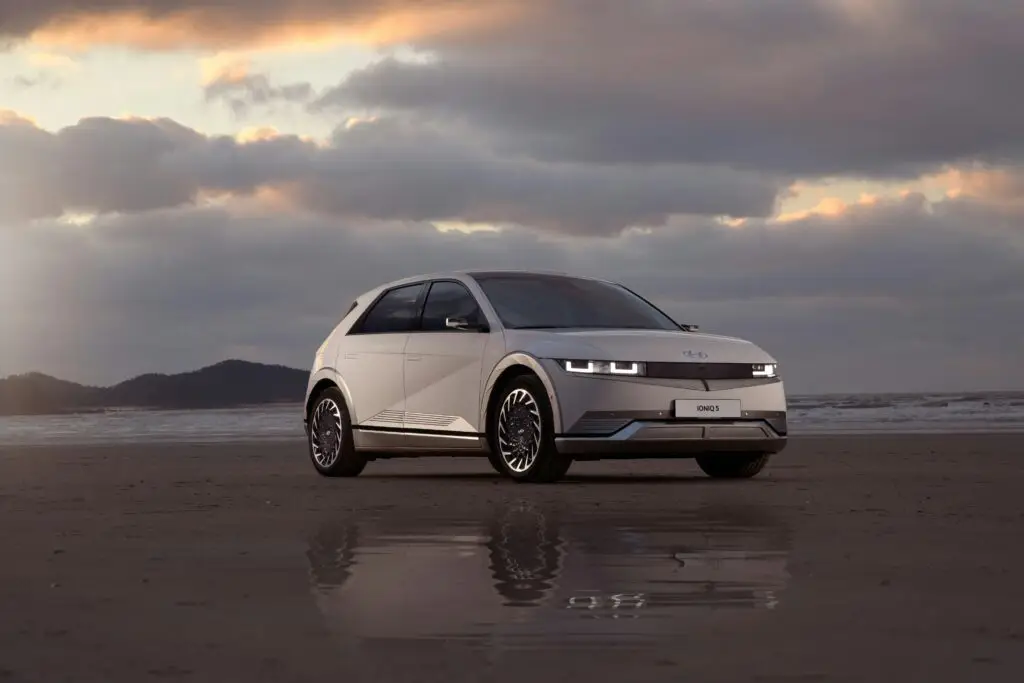
The Aspark Owl, an electric hypercar from Japan, has stunned the automotive world by becoming the fastest electric car on the planet. This remarkable feat was achieved through cutting-edge technology, meticulous engineering, and an unwavering focus on speed. In this article, we will explore the Aspark Owl’s journey to breaking the world record, delving into its design, performance, and significance in the electric vehicle (EV) market.
The Evolution of the Aspark Owl: From Concept to Reality
The Aspark Owl was first introduced as a concept car in 2017, captivating audiences with its futuristic design and bold performance claims. Over the years, Aspark, a Japanese engineering company, has worked tirelessly to bring this vision to life. The journey from concept to reality involved overcoming significant challenges in battery technology, aerodynamics, and lightweight construction. The result is a car that not only lives up to its early promises but also sets new standards for what an electric vehicle can achieve.
Breaking the World Speed Record: A Historic Achievement

On a clear day at a test track in June 2024, the Aspark Owl set a new world speed record for electric vehicles, reaching an astonishing 272.6 mph (438.7 km/h). This achievement surpassed the previous record held by the Rimac Nevera, making the Owl the fastest EV in the world. The record-breaking run was meticulously planned and executed, with every aspect of the car’s performance being pushed to the limit. This historic moment solidified the Owl’s place in automotive history and showcased the potential of electric powertrains.
Performance and Power: The Heart of the Aspark Owl

At the core of the Aspark Owl’s incredible performance is its powerful electric motor setup. The Owl is equipped with four electric motors, one at each wheel, delivering a combined output of 1,985 horsepower. This immense power allows the car to accelerate from 0 to 60 mph in just 1.69 seconds, making it one of the quickest cars on the planet. The advanced battery technology, coupled with a lightweight carbon fiber body, ensures that the Owl maintains exceptional agility and responsiveness, even at high speeds.
Design and Aerodynamics: A Masterpiece of Engineering
The Aspark Owl’s design is a perfect blend of form and function. The car’s low-slung, aerodynamic shape is not just for aesthetics; it plays a crucial role in reducing drag and enhancing stability at high speeds. Every curve and contour of the Owl has been meticulously crafted to optimize airflow, resulting in a vehicle that slices through the air with minimal resistance. The use of lightweight materials, such as carbon fiber and titanium, further enhances the car’s performance, allowing it to achieve record-breaking speeds without compromising on structural integrity.
The SP600 Version: A Special Edition with Enhanced Features
The Aspark Owl SP600 is a special edition of the original model, featuring several enhancements aimed at pushing the boundaries of electric vehicle performance. The SP600 version includes upgraded battery technology, improved aerodynamics, and additional power output, making it even faster and more capable than the standard Owl. These upgrades were instrumental in the Owl’s record-breaking run, allowing it to achieve speeds that were previously thought to be unattainable for an electric vehicle.
Significance of the Aspark Owl in the EV Market

The Aspark Owl’s achievements have significant implications for the electric vehicle market. It has shattered the perception that electric cars are slow and limited in performance, proving that they can compete with, and even surpass, traditional internal combustion engine vehicles in terms of speed and power. The Owl’s success also highlights the rapid advancements in battery technology and electric powertrains, paving the way for future high-performance electric vehicles that could one day dominate the automotive industry.
Challenges and Innovations: Pioneering New Technologies
Creating a car like the Aspark Owl was no easy feat. The project required pioneering new technologies and overcoming numerous challenges, particularly in battery performance and cooling. The engineers at Aspark developed a sophisticated thermal management system to keep the batteries and motors cool during high-speed runs, ensuring that the car could maintain its performance without overheating. Additionally, the Owl’s regenerative braking system was fine-tuned to optimize energy recovery, extending the car’s range while maintaining its blistering speed.
The Future of High-Performance Electric Vehicles
The success of the Aspark Owl is just the beginning of a new era for high-performance electric vehicles. As battery technology continues to improve and more automakers embrace electric powertrains, we can expect to see even more impressive feats in the coming years. The Owl has set a new benchmark for speed and performance, challenging other manufacturers to push the boundaries of what is possible with electric vehicles. This competition will drive innovation and lead to the development of faster, more efficient, and more exciting electric cars.
Conclusion: The Aspark Owl's Legacy
The Aspark Owl has earned its place in the history books as the world’s fastest electric car. Its record-breaking speed, cutting-edge technology, and stunning design make it a true masterpiece of automotive engineering. The Owl is not just a car; it is a symbol of the potential of electric vehicles and a glimpse into the future of high-performance driving. As the automotive industry continues to evolve, the legacy of the Aspark Owl will inspire future generations of engineers, designers, and drivers to push the limits of what is possible.
With its unprecedented performance and groundbreaking achievements, the Aspark Owl has forever changed the landscape of the automotive world, setting a new standard for electric vehicles and proving that the future of high-performance cars is electric.




